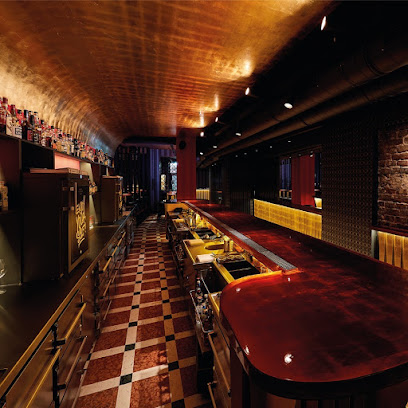
Kolumba: Art, History, and Architecture in Harmony
Discover a unique art experience in Cologne's Kolumba Museum, where ancient ruins meet modern design, showcasing art from antiquity to today in a space for contemplation.
Kolumba is more than just an art museum; it's a profound experience where history, architecture, and art converge. Located on the site of the former St. Kolumba church, destroyed during World War II, the museum seamlessly integrates the ruins, a 1950s chapel known as 'Madonna of the Ruins,' and a modern structure designed by Swiss architect Peter Zumthor. The collection spans from late antiquity to the present, featuring religious artifacts, paintings, sculptures, and contemporary installations. Kolumba offers a unique space for contemplation, inviting visitors to engage with art and history in a deeply personal way. The building itself, constructed of grey brick, creates a serene atmosphere with its interplay of light and shadow, making it a must-see destination for those seeking a meaningful cultural experience in Cologne.
A brief summary to Kolumba
- Kolumbastraße 4, Cologne, Innenstadt, 50667, DE
- +492219331930
- Visit website
Local tips
- Allow ample time for your visit; the museum's atmosphere encourages slow, contemplative viewing, and you'll want to fully absorb the experience.
- Visit the 'Madonna of the Ruins' chapel for a moment of quiet reflection; it's a powerful reminder of Cologne's history and resilience.
- Take advantage of the audio guide to learn more about the museum's history, architecture, and collection; it's included with your admission.
- Explore the museum's garden courtyard, a peaceful oasis that provides a welcome respite from the city's hustle and bustle.
- Check the museum's website for information on current exhibitions and events; there's always something new to discover at Kolumba.
Getting There
-
Public Transport
Kolumba is easily accessible via Cologne's efficient public transport system. From Köln Hauptbahnhof (Cologne Central Station), it's approximately an 8-minute walk. Alternatively, take the underground (U-Bahn) lines 3, 4, 16, or 18 to Appellhofplatz or Dom/Hbf station, both a short walk from the museum. Bus line 171 also stops at Offenbachplatz, which is nearby. A single ticket for a short trip (up to five stops) costs around €2.00-€3.00.
-
Taxi/Ride-Share
Taxis and ride-sharing services are readily available throughout Cologne. A taxi ride from Cologne Central Station to Kolumba will take approximately 5-10 minutes, depending on traffic, and cost around €8-€13. Ride-sharing services like Uber are also available and may offer a slightly cheaper fare.
-
Walking
Kolumba is located in the city center and is easily reachable on foot from many central locations. From Cologne Central Station, follow the signs towards the Dom (Cathedral) and then continue along Kolumbastraße. The walk is approximately 8 minutes and offers a pleasant way to see the city.
-
Driving
If driving, be aware that parking in the immediate vicinity of Kolumba is limited. Several parking garages are available nearby, including Brückenstraße and Opera Passage. Parking fees typically range from €2.20 per hour, with daily maximums varying from €7 to €12 depending on the day of the week and the specific garage. Consider using public transport or a taxi if possible, as parking can be challenging.
Discover more about Kolumba
Iconic landmarks you can’t miss
Am Hof 1
0.3 km
Discover Am Hof in Cologne: A historical square where Roman roots meet medieval charm and modern vibrancy, offering a captivating glimpse into the city's rich heritage.
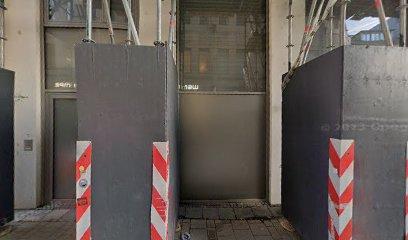
Appellhofpl.
0.3 km
Experience Cologne's heart at Appellhofplatz: where history meets modern life, surrounded by landmarks, culture, and vibrant city atmosphere.
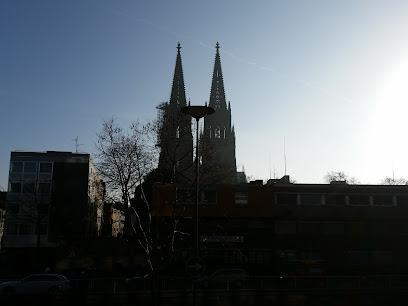
Kardinal-Höffner-Platz 1
0.3 km
Experience the heart of Cologne at Kardinal-Höffner-Platz, the vibrant square offering a gateway to the iconic Cathedral and a blend of history, culture, and modern city life.

Kardinal-Höffner-Platz
0.3 km
Experience Cologne's vibrant heart at Kardinal-Höffner-Platz: where history meets modern life, surrounded by iconic landmarks, cultural attractions, and a lively atmosphere, creating unforgettable memories.
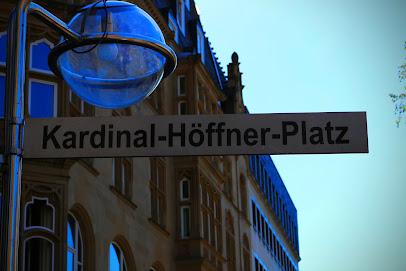
Кёльн в 15:15. Городские экскурсии
0.4 km
Explore Cologne through authentic local excursions with 'Kёльн в 15:15', where culture, history, and personal stories come to life.
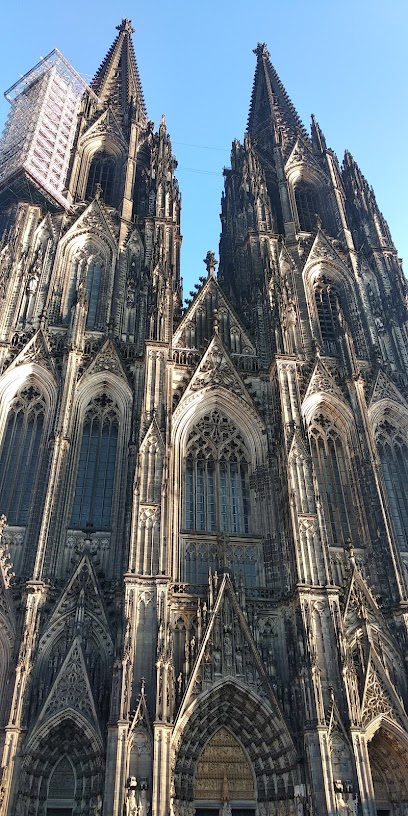
Guided Tours at the Cathedral
0.4 km
Experience the awe-inspiring grandeur of Cologne Cathedral, a UNESCO World Heritage site and Germany's most visited landmark, showcasing Gothic architecture and religious significance.
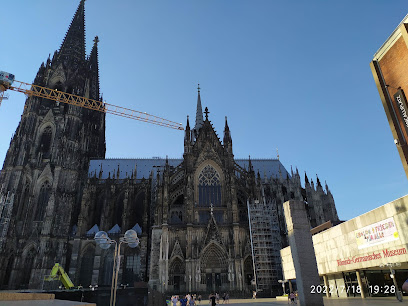
Der goldene Kupferstern
0.4 km
Experience Cologne's vibrant heart at Roncalliplatz, surrounded by iconic landmarks, bustling events, and the city's rich history and culture, offering an unforgettable adventure.
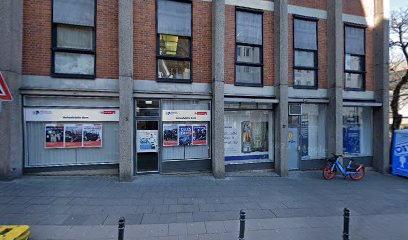
Historisches Rathaus der Stadt Köln
0.4 km
Discover Cologne's Historisches Rathaus: A captivating journey through centuries of history, architecture, and civic pride in the heart of the city's vibrant Innenstadt.
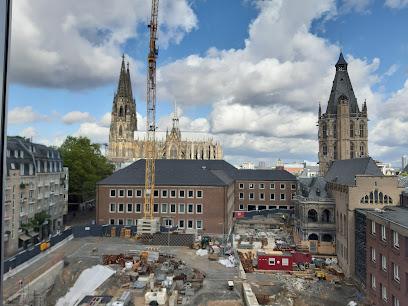
Roncallipl.
0.4 km
Experience the heart of Cologne at Roncalliplatz: where history meets vibrant culture, overlooked by the majestic Cathedral, and alive with year-round events.
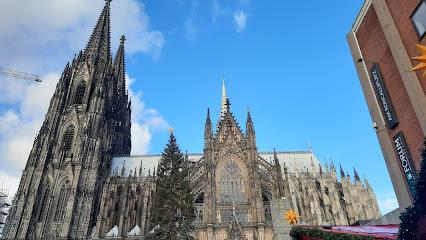
Ancient Roman Harbor Street
0.4 km
Explore Cologne's Ancient Roman Harbor Street: A captivating historical landmark offering a glimpse into the city's Roman past, showcasing its significance as a vital trading hub.
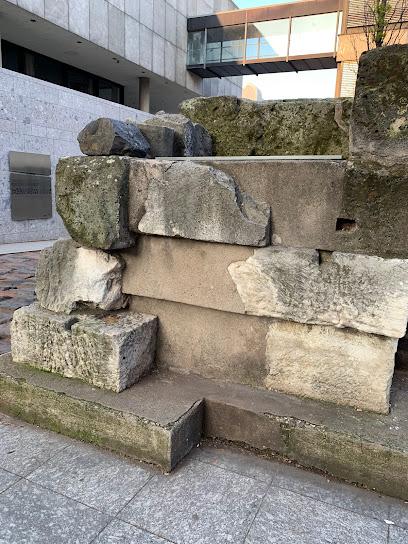
Barockfassade
0.4 km
Discover Cologne's architectural heritage at the Barockfassade, a beautifully preserved Baroque facade from 1696, offering a glimpse into the city's rich past and artistic evolution.

Cologne
0.5 km
Discover Cologne: A vibrant German city where ancient Roman history meets stunning Gothic architecture, world-class museums, and the lively spirit of the Rhineland.
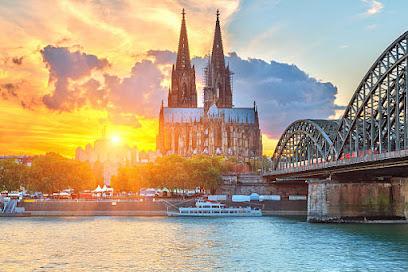
Museum Ludwig
0.5 km
Explore masterpieces of modern art at Museum Ludwig in Cologne, home to iconic works by Picasso, Warhol, Dalí, and more, offering a vibrant journey through 20th and 21st-century art movements.
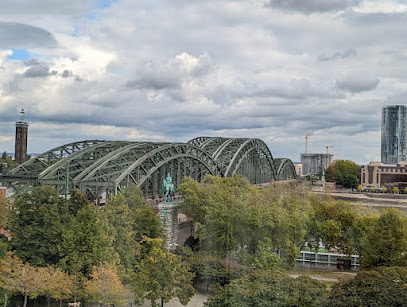
Heumarkt 43
0.5 km
Experience Cologne's vibrant heart at Heumarkt, a historic square blending medieval charm with modern energy, offering year-round events, culinary delights, and cultural experiences.
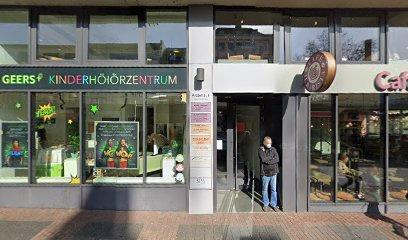
Heumarkt
0.5 km
Experience Cologne's vibrant heart at Heumarkt, a historic square offering a blend of culture, cuisine, and festive events, all within easy reach of iconic landmarks.
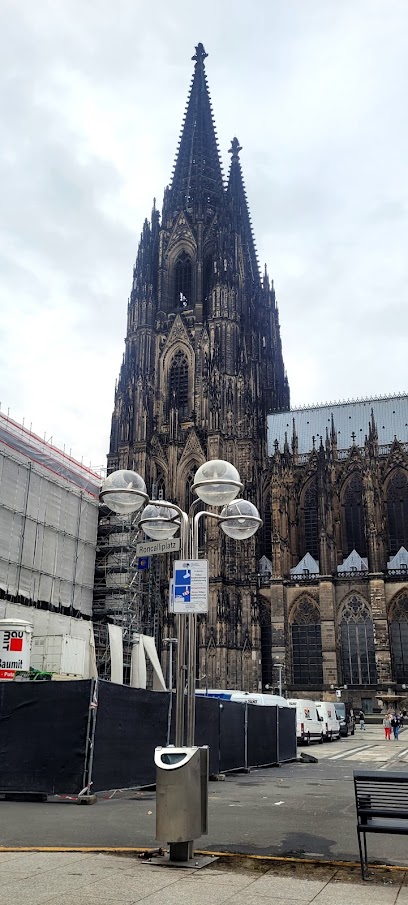
Unmissable attractions to see
Kölnisches Stadtmuseum
0.0 km
Experience the rich history and vibrant culture of Cologne at the Kölnisches Stadtmuseum, a must-visit for every traveler.
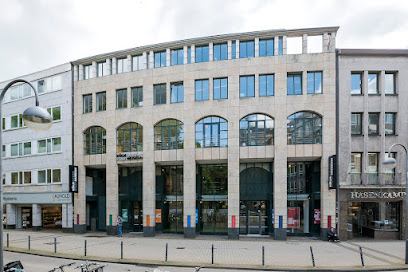
Minoritenkloster
0.1 km
Experience the serene beauty and rich history of Minoritenkloster, a stunning monastery in the heart of Cologne, perfect for reflection and exploration.
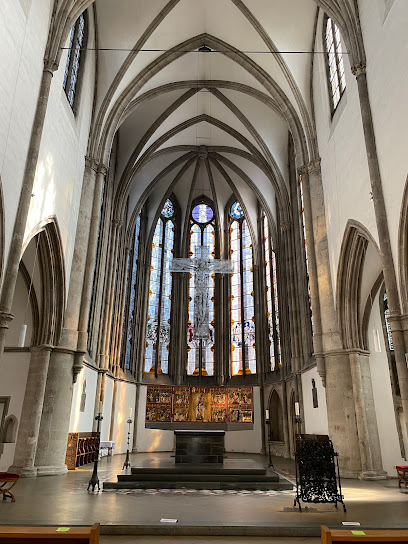
Skulptur
0.1 km
Explore the Skulptur in Cologne, an extraordinary outdoor gallery showcasing contemporary art amidst the city's vibrant urban landscape.
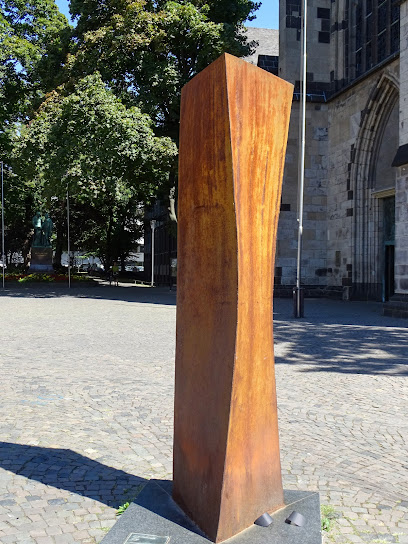
Museum of Applied Art Cologne
0.2 km
Explore the Museum of Applied Art Cologne, where creativity meets history and design inspires innovation in a stunning architectural setting.
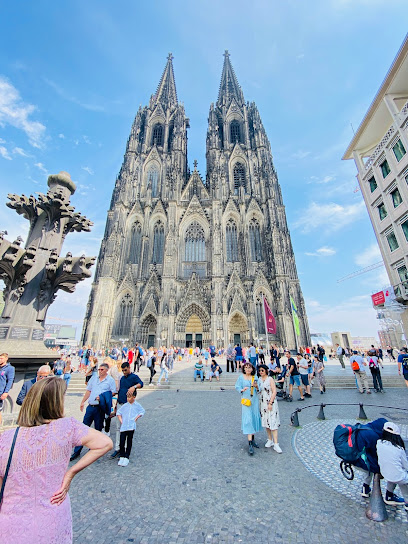
Jupp-Schmitz-Denkmal
0.2 km
Discover the charm of Jupp-Schmitz-Denkmal in Cologne, a delightful tribute to humor and local heritage, perfect for cultural exploration.
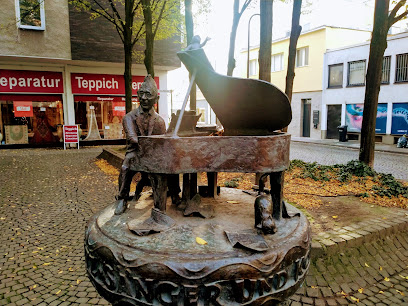
Heinzelmännchenbrunnen, Köln - Edmund Renard
0.3 km
Discover the magic of Cologne at the Heinzelmännchenbrunnen, where folklore comes to life in a stunning fountain surrounded by history.
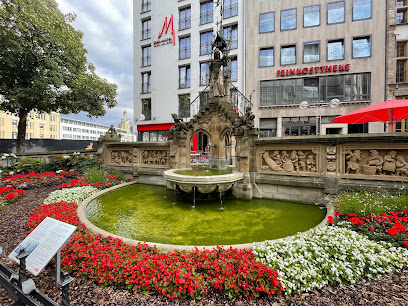
Antoniterkirche
0.3 km
Discover the architectural beauty and spiritual serenity of Antoniterkirche, a must-visit Evangelical church in the heart of Cologne, Germany.
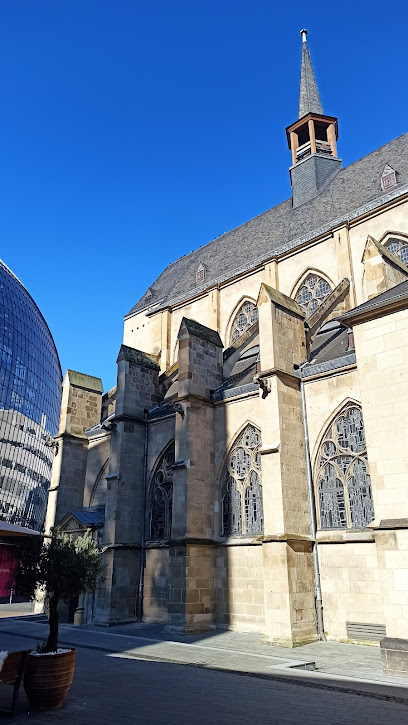
Duftmuseum im Farina Haus
0.3 km
Explore the rich history of fragrance at the Duftmuseum im Farina Haus in Cologne, the birthplace of Eau de Cologne, and immerse yourself in a sensory journey.
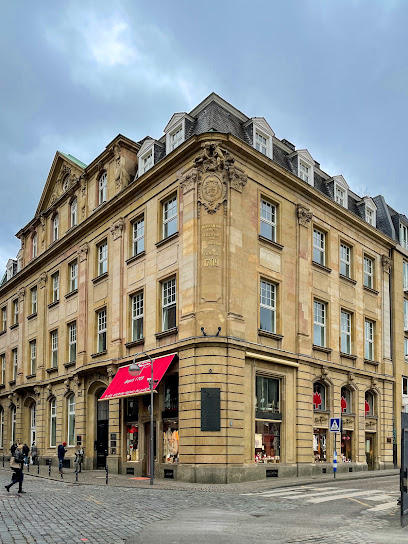
Römischer Abwasserkanal
0.3 km
Explore Cologne's Römer Abwasserkanal, an ancient Roman wastewater system showcasing the brilliance of historical engineering.
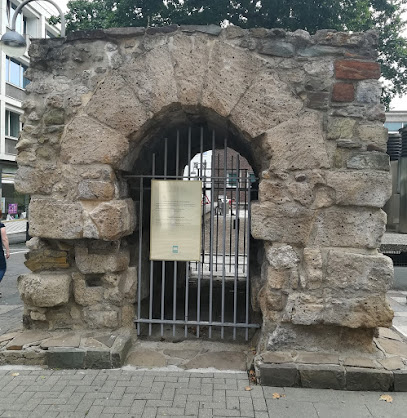
Wallraf-Richartz-Museum & Fondation Corboud
0.3 km
Explore the Wallraf-Richartz-Museum, a cultural gem in Cologne showcasing masterpieces from the medieval to the 19th century, perfect for art lovers.

Kreuzblume
0.3 km
Discover the Kreuzblume, a stunning sculpture at Cologne Cathedral, embodying the city's rich history and artistic heritage in a vibrant cultural hub.
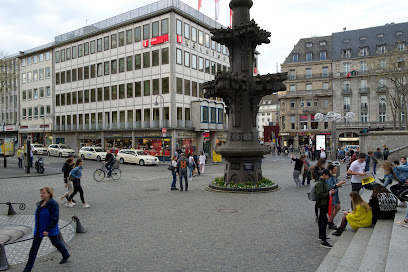
KölnTourismus GmbH | VisitKöln
0.3 km
Explore Cologne with confidence from KölnTourismus GmbH, your go-to tourist information center for events, attractions, and local insights.
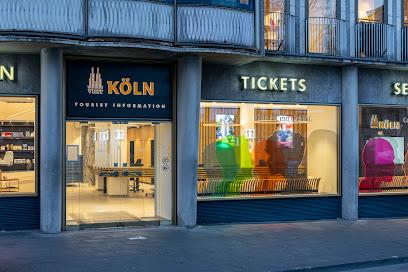
Christmas market at Cologne Cathedral
0.3 km
Discover the enchanting Christmas market at Cologne Cathedral, a festive wonderland filled with handcrafted gifts and delicious seasonal treats.
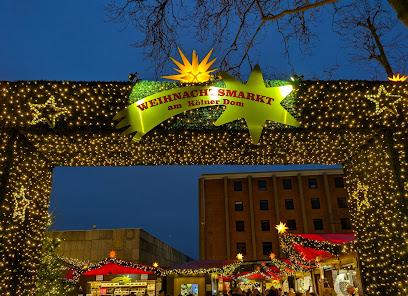
Domfontäne (1973)
0.3 km
Experience the beauty and history of the Domfontäne, a serene fountain in the heart of Cologne, surrounded by stunning architecture and vibrant city life.
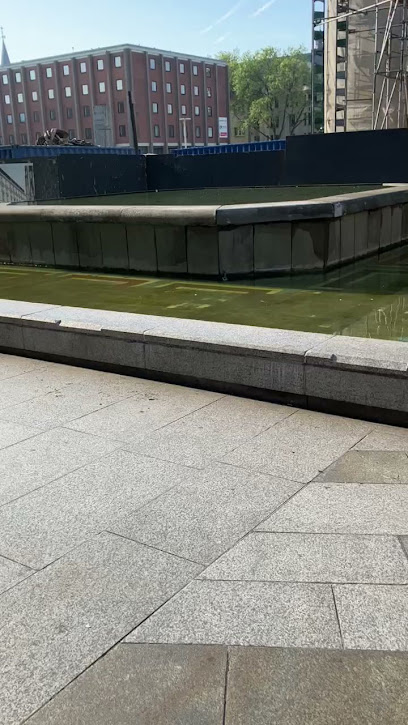
Burgmauer
0.3 km
Explore the historical charm of Burgmauer, Cologne's ancient landmark steeped in medieval history and surrounded by modern vibrancy.
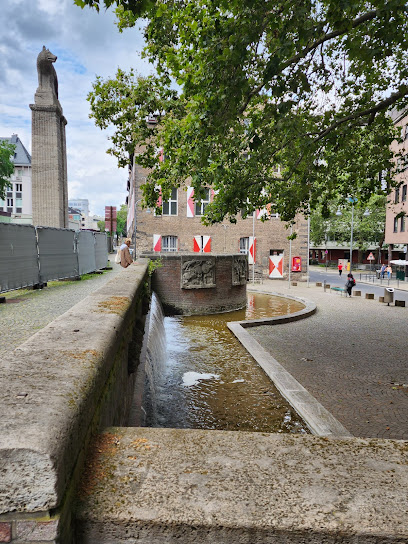
Essential places to dine
Ristorante-Pizzeria Il Valentino
0.2 km
Experience authentic Italian cuisine at Ristorante-Pizzeria Il Valentino in Cologne with delicious pizzas and traditional dishes served in a cozy atmosphere.

Oma's Küche
0.2 km
Experience authentic German cuisine at Oma's Küche in Cologne - where tradition meets taste in every dish.
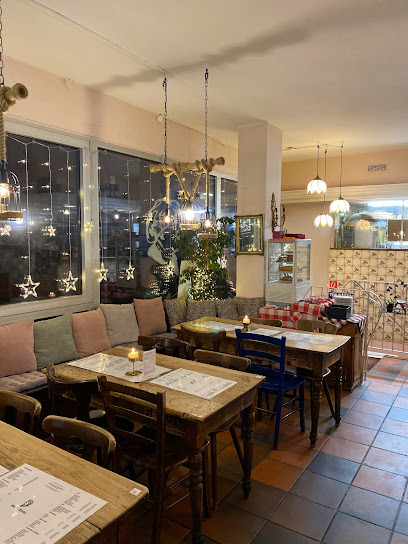
The Small Steakhouse
0.2 km
Experience top-quality steaks at The Small Steakhouse in Cologne - where flavor meets warmth in every bite.

Funkhaus Cafe-Bar-Restaurant
0.2 km
Discover Funkhaus Cafe-Bar-Restaurant: A culinary gem in Cologne offering delicious food, refreshing drinks, and an inviting atmosphere.
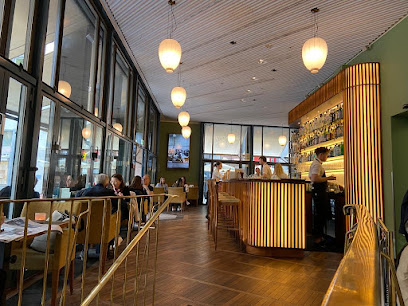
Brauhaus FRÜH am Dom
0.2 km
Discover Brauhaus FRÜH am Dom: Cologne's iconic beer hall serving traditional German cuisine and local brews in a vibrant atmosphere.

Lederer
0.3 km
Discover Lederer: Cologne's culinary treasure blending local flavors with international flair in a vibrant setting.

Kuchi Mami
0.3 km
Discover Kuchi Mami: A premier destination for Asian fusion cuisine in Cologne offering exquisite sushi and authentic Vietnamese dishes.

Great Wall
0.3 km
Experience authentic Chinese cuisine at Great Wall in Cologne - where tradition meets modern dining.
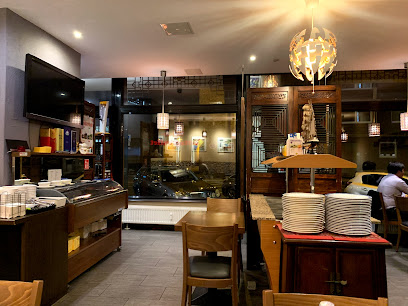
taku
0.4 km
Experience exquisite Asian fine dining at Taku in Cologne – where tradition meets innovation in every dish.
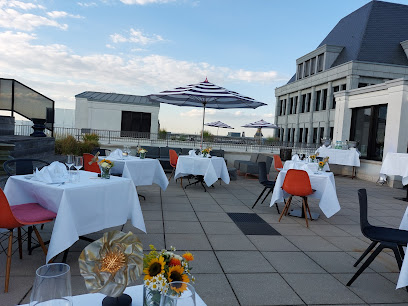
Servus Colonia Alpina
0.4 km
Discover the heart of Bavarian cuisine at Servus Colonia Alpina in Cologne – where tradition meets taste in every dish.
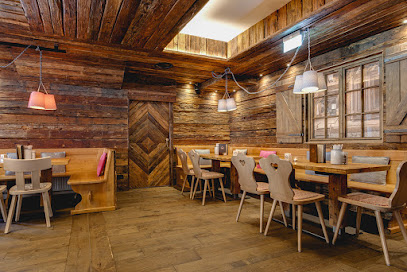
Hanse Stube
0.4 km
Experience exquisite French cuisine at Hanse Stube in Cologne – where culinary artistry meets charming ambiance.
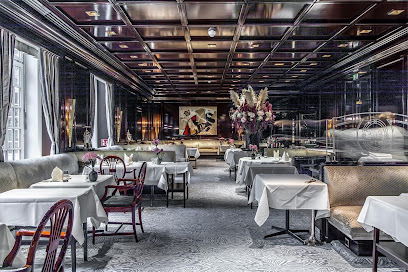
Gilden im Zims “Heimat kölscher Helden”
0.5 km
Discover authentic German flavors at Gilden im Zims, a lively beer hall in the heart of Cologne offering delicious cuisine and local Kölsch.
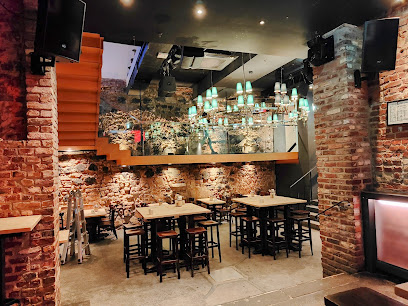
L'Osteria
0.5 km
Discover authentic Italian flavors at L'Osteria in Cologne's Innenstadt—where every meal is a celebration of taste and tradition.

Peters Brauhaus
0.5 km
Discover Peters Brauhaus in Cologne - A lively brewpub serving authentic German cuisine and craft beers in an inviting atmosphere.
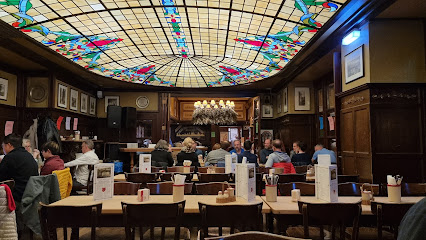
HACIENDA
0.5 km
Experience the vibrant flavors of Argentinian cuisine at Hacienda in Cologne - a perfect blend of tradition and innovation.

Markets, malls and hidden boutiques
Manufactum Warenhaus
0.1 km
Explore the charm of Cologne at Manufactum Warenhaus, where quality gifts, clothing, and home goods await every discerning traveler.
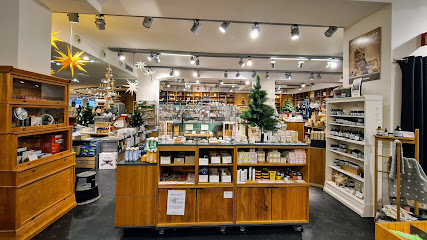
BOGNER Köln
0.1 km
Explore BOGNER Köln - where luxury fashion meets contemporary style in the heart of Cologne.
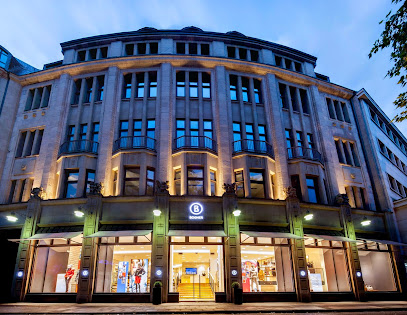
MUJI Cologne Store
0.1 km
Explore the MUJI Cologne Store for a unique selection of minimalist products that blend functionality with style, right in the heart of the city.
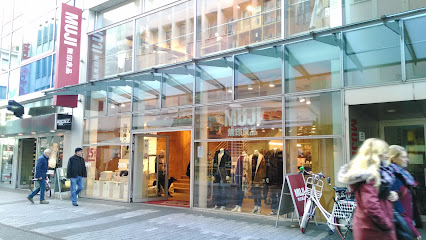
Opern Passagen
0.2 km
Explore the dynamic shopping experience at Opern Passagen, Cologne's premier shopping destination with diverse shops and delightful dining options.
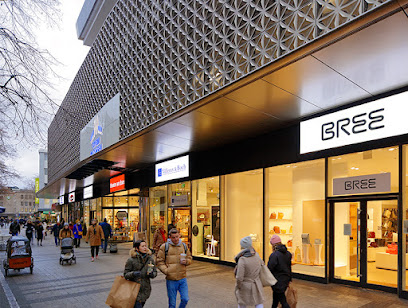
Elbenwald
0.2 km
Explore the enchanting Elbenwald gift shop in Cologne, where fantasy meets shopping with clothing, toys, and unique gifts for all ages.
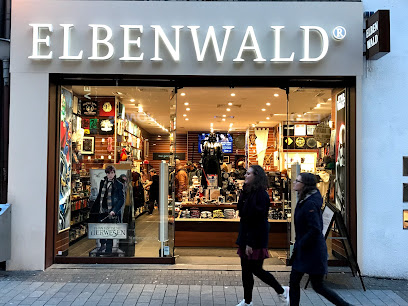
Pylones
0.2 km
Explore Pylones in Cologne for unique gifts and home goods, filled with creativity and playful designs to brighten your day.

Close Up GmbH
0.2 km
Explore Close Up GmbH: Cologne's premier gift shop for unique posters and artistic treasures in the heart of the city.
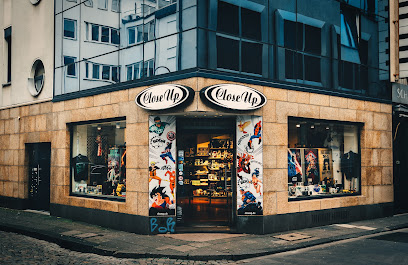
BVLGARI
0.2 km
Explore BVLGARI in Cologne for an exquisite range of luxury jewelry, fashion accessories, and timeless leather goods in a sophisticated setting.
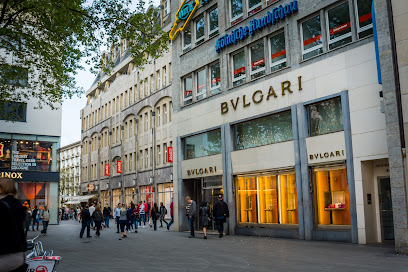
Kauf Dich Glücklich Köln
0.3 km
Explore Kauf Dich Glücklich in Cologne for trendy clothing and stylish shoes in a vibrant shopping atmosphere.

Victorinox Store Köln
0.3 km
Discover Swiss quality at the Victorinox Store in Cologne, featuring iconic knives, stylish luggage, and exclusive apparel in a modern shopping atmosphere.
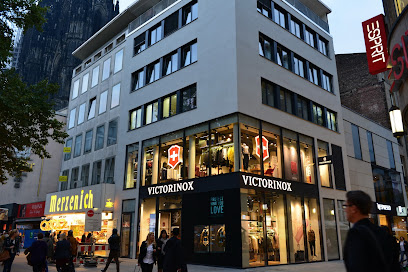
Montblanc Boutique
0.3 km
Discover timeless luxury at Montblanc Boutique in Cologne, home to exquisite writing instruments and elegant leather goods.
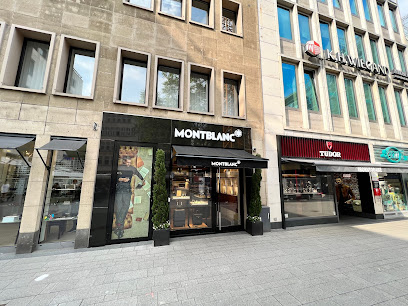
Casado Store
0.3 km
Discover the heart of Cologne's fashion at Casado Store, where style meets elegance and every piece is a statement.

Früh Shoppen
0.3 km
Explore Früh Shoppen in Cologne for a delightful shopping experience filled with local treasures and unique finds.
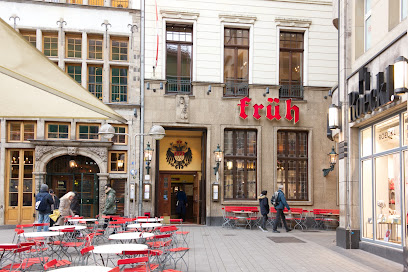
4711 Shop am Dom
0.3 km
Explore the iconic 4711 Shop am Dom in Cologne, where history meets modern fragrance in a delightful gift shopping experience.
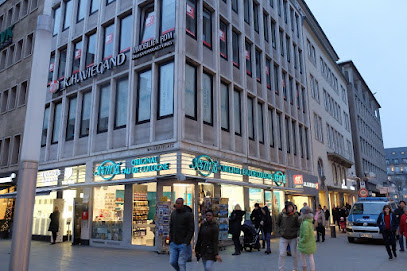
UNIQLO Köln
0.3 km
Explore stylish and affordable fashion at UNIQLO Köln, where contemporary design meets comfort in the heart of Cologne.

Essential bars & hidden hideouts
Bierbaum
0.3 km
Discover the lively Bierbaum bar in Cologne, where great drinks and a welcoming atmosphere blend seamlessly for an unforgettable night out.
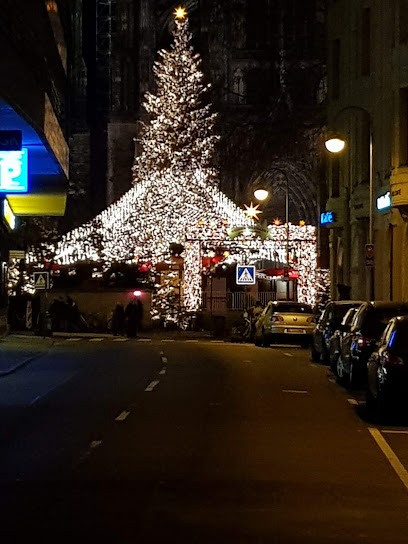
Barney Vallely's
0.3 km
Discover the essence of Ireland at Barney Vallely's, a lively pub in Cologne with authentic food, drinks, and vibrant entertainment.

The Corkonian Irish pub
0.4 km
Experience the heart of Ireland at The Corkonian Irish Pub in Cologne, where traditional food, drinks, and live music create unforgettable memories.

Papa Joe's Biersalon
0.4 km
Experience the vibrant pub culture of Cologne at Papa Joe's Biersalon, where great beer and hearty meals await in a lively atmosphere.
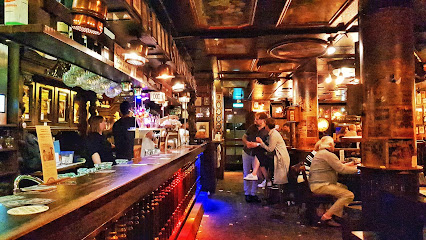
The Copper Pot - Köln
0.5 km
Experience Irish hospitality at The Copper Pot in Cologne, where lively ambiance, delicious cocktails, and live music await every visitor.
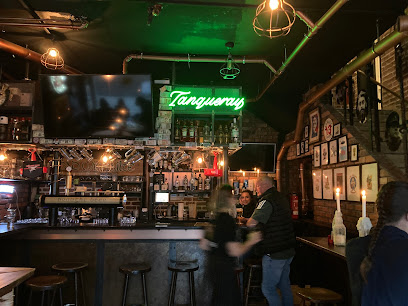
die kunstbar
0.5 km
Discover Die Kunstbar in Cologne: A vibrant bar blending art, music, and delicious drinks in the heart of the city’s nightlife.
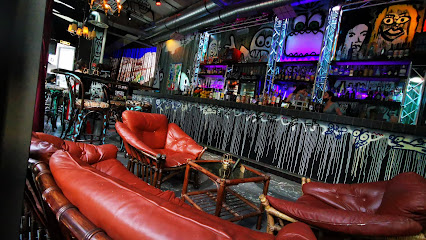
Sonderbar - Köln
0.6 km
Experience the best local brews and a vibrant atmosphere at Sonderbar, a must-visit bar in the heart of Cologne.
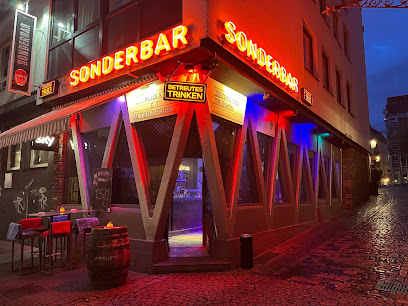
Papa Joe's Jazz Bar
0.6 km
Immerse yourself in the rhythmic vibes of Cologne at Papa Joe's Jazz Bar, the ultimate destination for live jazz and spirited nightlife.
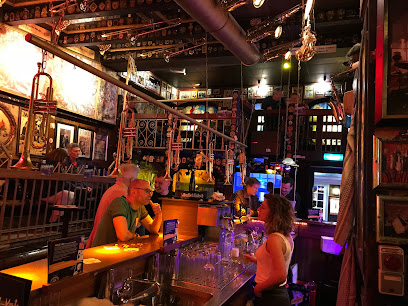
Piano Bar
0.7 km
Discover the enchanting Piano Bar in Cologne, where signature cocktails, live music, and a chic atmosphere create a perfect nightlife experience.
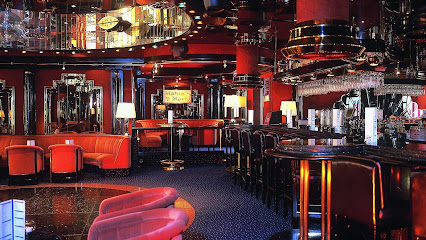
FRIESEN Bar - Cocktailbar Köln
0.8 km
Discover the exciting nightlife at FRIESEN Bar in Cologne - a cocktail haven with signature drinks and a vibrant atmosphere.
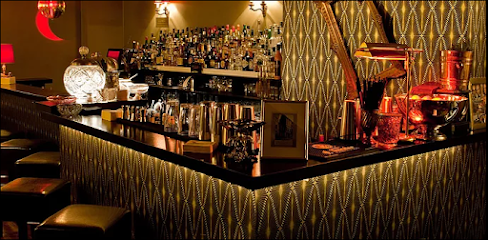
Woods
0.8 km
Experience the vibrant nightlife at Woods in Cologne, where expertly crafted cocktails and a cozy atmosphere await.
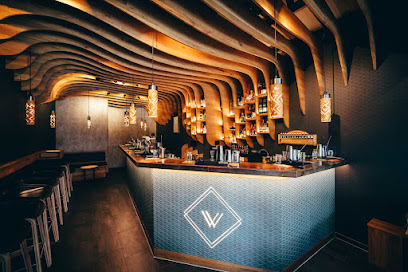
BAR BOTANIK
0.8 km
Discover BAR BOTANIK in Cologne, where lush botanical decor meets expertly crafted cocktails for an unforgettable nightlife experience.

Papa Rudis - Köln
0.8 km
Discover the lively atmosphere and local brews at Papa Rudis, Cologne's must-visit pub for a memorable night out.
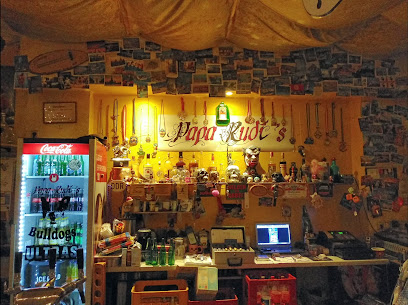
Monkey Bar
0.9 km
Discover the energetic vibe at Monkey Bar, Cologne's premier bar offering stunning views, creative cocktails, and a lively atmosphere for all to enjoy.

The Grid Bar
0.9 km
Experience the elegance of The Grid Bar, Cologne's premier cocktail lounge, where exquisite drinks and a chic atmosphere await.
